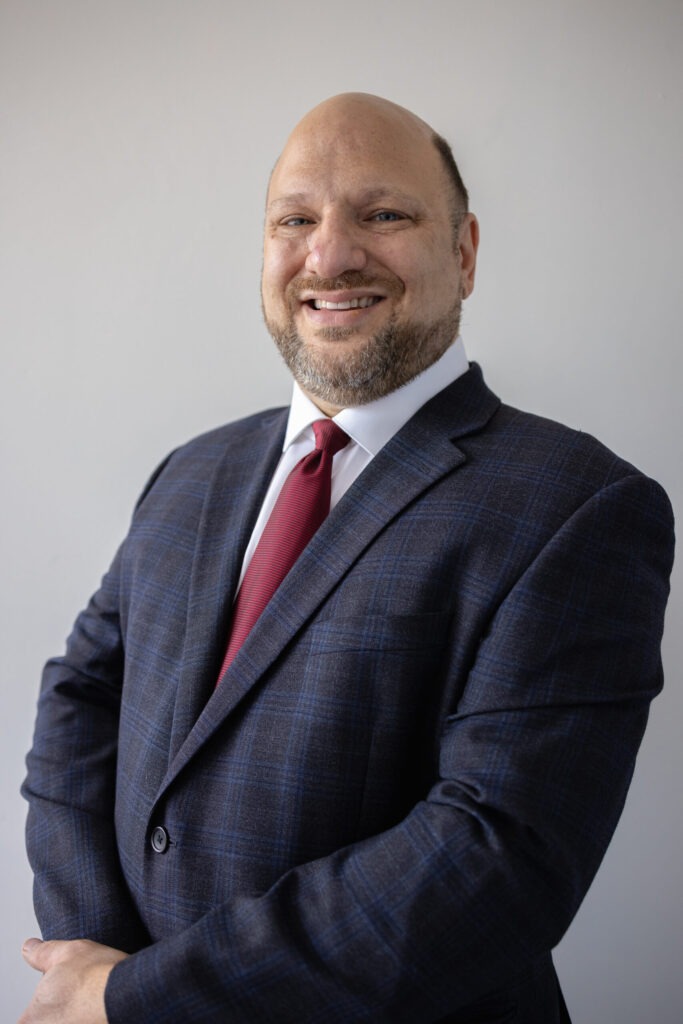About Us
Who We Are
Breathe Southern California is a 501(c)(3) nonprofit organization that promotes clean air and healthy lungs through education, research, technology, and advocacy. Our goal is to promote community health services through prevention, education, and early diagnosis for low-income underserved individuals suffering from respiratory related chronic conditions, including asthma, lung disease, and chronic obstructive pulmonary disease (COPD).

Our Team

Marc Carrel
mcarrel@breathesocal.org
President/CEO

Raj Dhillon
rdhillon@breathesocal.org
Senior Manager of Advocacy & Public Policy

Clare Bachman
cbachman@breathesocal.org
Advocacy & Public Policy Outreach Associate

Thuan Chi
tchi@breathesocal.org
Advocacy & Public Policy Intern



End Diesel Now
Breathe Southern California works with stakeholders, community-based organizations, elected and appointed officials, government agencies, and industry leaders to end diesel nowby advocating for policy and regulatory change that will improve the lung health and air quality of the Southern California region.Ultimately, a transition from diesel trucks to clean trucks is the most effective way to address the diesel pollution problem. Currently, Breathe Southern California seeks to introduce legislation in Sacramento and work with the San Pedro Bay Port Complex to help make Southern California communities cleaner, healthier, and more vibrant.
Why End Diesel?
Residents, families, and children throughout the greater Southern California region are breathing dirty air that has the potential to create a lifetime of health problems. In 2020, across the basin that includes the counties of Los Angeles, Orange, Riverside, and San Bernardino, there were 157 bad air days for ozone pollution –the most days above the federal health standard since 1997. In order to make a significant impact on improving air quality and air pollution, we must meaningfully address the diesel problem and end diesel now.
Diesel exhaust is an aerosolized mixture of gas and suspended solids that result from the combustion of diesel fuel.The gaseous components include Volatile Organic Compounds (VOCs) and Nitrous Oxides (NOx), which under certain conditions in ultraviolet light can form Ozone, the main contributor to smog at ground level. The solid components, referred to generally as Diesel Particulate Matter (DPM), are composed primarily of soot, ash, and elemental Carbon, along with over 40 known carcinogens. Diesel vehicles contribute significantly towards greenhouse gas emissions and the overall climate crisis.Transportation is 40 percent of California’s greenhouse gas emissions, and of those transportation sector emissions, as much as 70 percent of smog-causing pollution and 80 percent of particulate matter are from diesel trucks, even though they make up just 7 percent of the 30 million vehicles registered in California.
Each component of diesel exhaust has its own detrimental effect on human and environmental health, but the main health concern is DPM. Particulate Matter (PM) size is an important factor in determining impact on human health.Generally, the smaller the particle, the deeper it can penetrate the lungs, and the more damage it can cause.Particles can deposit and cause tissue scarring in the lungs, which ultimately interferes with oxygen intake and leads to many respiratory diseases as well as heart disease and lung cancer. There is no known safe exposure level to particulate matter of any size. Children exposed to high levels of diesel exhaust are five times more likely to have underdeveloped lungs, and asthma rates in Los Angeles have increased dramatically in the last three decades.
The areas most impacted by the effects of diesel exhaust are the ones surrounding the largest areas of economic activity, such as around ports and along transportation corridors, which also tend to be economically disadvantaged themselves, bringing environmental justice concerns to bear.
Our Position & Action
We have Five asks of the Ports to help improve our region's air quality
- 1. Implement the Container Truck Fee
- 2. Consider Raising the $10/TEU Container Fee
- 3. Change the Truck Registry Date
- 4. Consider a Commitment to Public Health when Naming Harbor Commissioners
- 5. Emission Reduction Implementation Plan
The Los Angeles Board of Harbor Commissioners should work with the Long Beach Harbor Commission to immediately implement the $10/TEU CTF Rate and begin collecting the funds that will replace diesel trucks with clean trucks.
The Harbor Commissions should consider raising the fee to address the failure to implement the fee for nearly a year during one of the biggest booms at the Ports. The economic study commissioned by the Ports projected 56 percent growth from 2021 through 2035 even if the CTF Rate were set to $70/TEU, which would raise substantially more money for clean trucks than the $10/TEU.
The Los Angeles Board of Harbor Commissioners should work with the Long Beach Harbor Commission to move up the date prohibiting any more diesel trucks from being added to the Truck Registry to align with the implementation date of the $10/TEU CTF Rate. This way truck and fleet owners will not be able to replace their pre-2010 diesel trucks with a newer diesel truck and will instead have to pivot to a cleaner trucker.
Mayor Garcetti has the authority to appoint individuals to the Los Angeles Board of Harbor Commissioners while Mayor Garcia of Long Beach has the authority for the Long Beach Board of Harbor Commissioners. They should make public health more of a priority when naming individuals to that board. Public health is often ignored or glossed over, just as it was in the Ports’ economic study regarding a potential fee on cargo containers.
The Ports should create and adopt a comprehensive zero-emission port implementation plan by the end of 2022 that will guide it toward becoming a zero-emissions port by 2035. Benchmarks, which are not included in the CAAP or CAAP Update, are important to ensuring the end goals are met.
